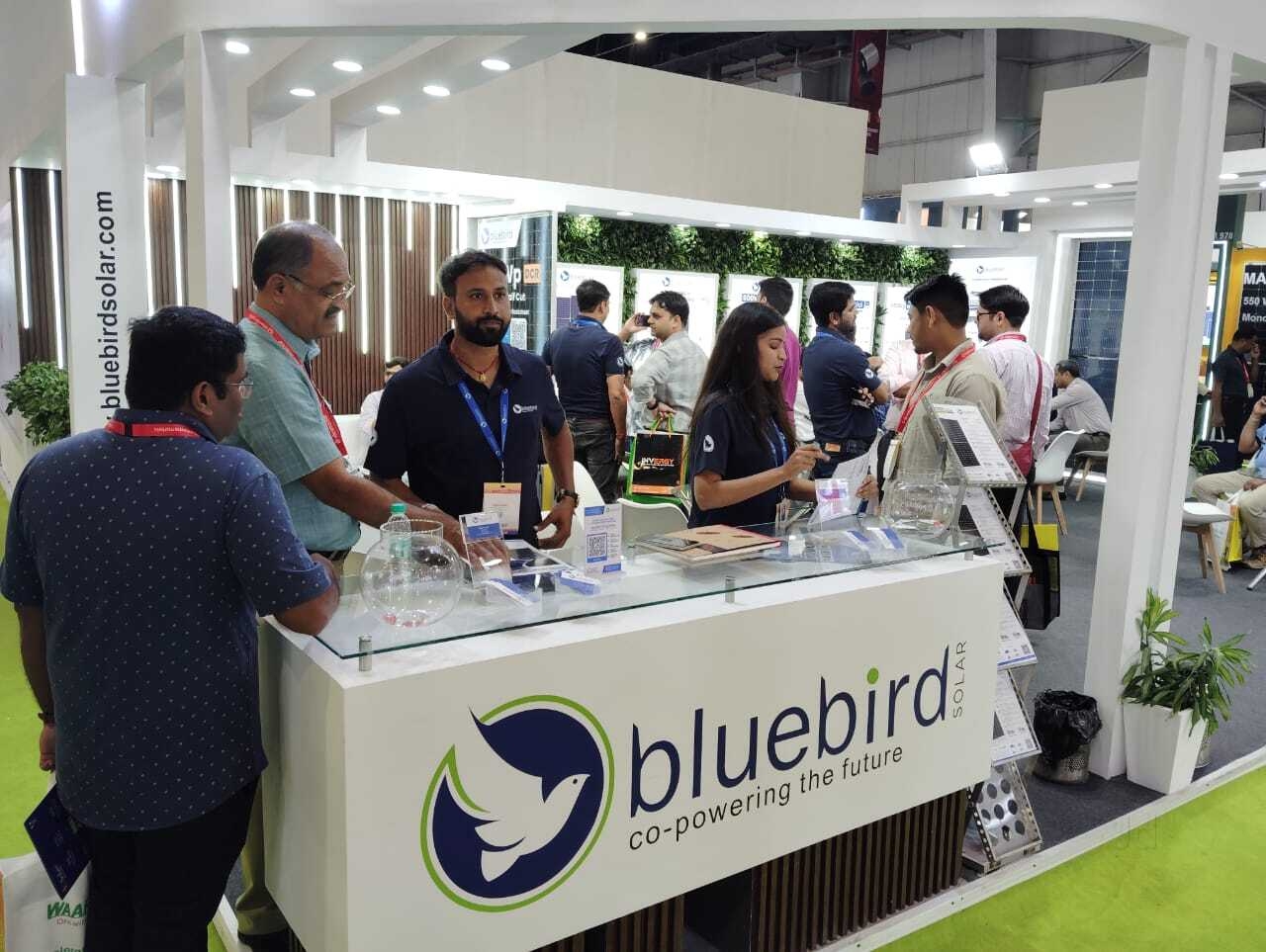TOPCon Technology Explained: The New Standard in Solar Module Performance

As the world faces rapid population growth, expanding industries, and fast-paced technological progress, the need for a dependable and uninterrupted energy supply is at an all-time high. This growing demand has brought renewable energy—particularly solar power—into the spotlight as a sustainable and long-term solution. One of the most promising advancements in this field is TOPCon solar modules, a cutting-edge technology set to transform solar efficiency and performance.
The Renewable Energy Landscape
Renewable energy sources such as solar, wind, hydro, and geothermal are increasingly recognized for their role in reducing greenhouse gas emissions and combating climate change. With strong backing from global environmental policies and initiatives, including India’s ambitious PM Surya Ghar Muft Bijli Yojana and KUSUM Yojana, the renewable energy sector continues to gain momentum.
In India, these government schemes promote the widespread adoption of solar rooftops and solar for home systems, making solar energy more accessible and affordable for households and farmers. In this evolving landscape, solar panel manufacturers in India are innovating at an unprecedented pace, and one technology leading this charge is TOPCon.
What is TOPCon Technology?
TOPCon (Tunnel Oxide Passivated Contact) is an advanced solar cell technology designed to improve energy conversion efficiency. Unlike traditional PERC cells, TOPCon solar cells incorporate an ultra-thin oxide layer and a polycrystalline silicon layer that reduce electron recombination and enhance performance.
Key Benefits of TOPCon Solar Modules:
-
Higher efficiency: Typically achieving over 22% efficiency.
-
Better low-light performance: Ideal for cloudy or low-sunlight conditions.
-
Improved temperature coefficient: Ensures better output in hot climates.
-
Longer lifespan: Increased durability and reduced degradation over time.
These advantages make TOPCon solar modules a perfect match for residential, commercial, and utility-scale solar projects, especially in regions like India, where climate conditions vary significantly.
Overcoming the Intermittency Challenge
While solar for home and commercial projects are gaining ground, the issue of intermittency—caused by cloudy days or nighttime—remains a hurdle. To address this, innovations in energy storage and hybrid systems are critical.
For example, combining solar rooftop systems with efficient battery storage or integrating them into smart grids ensures uninterrupted power supply. These solutions are being rapidly deployed under national initiatives such as PM Surya Ghar Muft Bijli Yojana, which aims to provide up to 300 units of free electricity per month to households that install solar systems.
Hydropower and Geothermal: Steady but Geographically Limited
In contrast to solar and wind, hydropower and geothermal offer consistent energy generation. However, they are location-dependent and less scalable than solar in densely populated or resource-scarce regions. This is where solar panel manufacturers in India step in, delivering cutting-edge TOPCon solar modules that can be installed almost anywhere—from remote villages to urban rooftops.
Integration into the Grid: Smart and Decentralized
To maximize the benefits of renewables, integration into the existing power grid is vital. Advanced solar rooftop systems powered by TOPCon technology can be connected to decentralized microgrids, reducing transmission losses and increasing energy independence.
Under the KUSUM Yojana, farmers are encouraged to adopt solar water pumps and generate their own electricity through grid-connected systems. This not only cuts diesel dependence but also allows surplus power to be sold back to the grid, turning users into prosumers.
Hybrid Systems and Energy Diversification
A promising approach for ensuring round-the-clock energy is to use hybrid systems that combine solar rooftop, wind, and battery storage with traditional energy sources. The higher efficiency and better low-light performance of TOPCon solar modules make them ideal for such hybrid setups.
Additionally, innovations in hydrogen storage and smart energy management are being explored as long-term solutions for balancing supply and demand.
Why TOPCon is the Future of Solar in India
India's solar journey is powered by innovation, and TOPCon solar modules represent the future of high-efficiency solar energy. As solar panel manufacturers in India ramp up production of these advanced modules, the cost of technology continues to drop, making it more viable for mass adoption.
With strong government backing through schemes like the PM Surya Ghar Muft Bijli Yojana and KUSUM Yojana, more Indian homes and farmlands are turning to solar for home and commercial use, benefiting from better efficiency, savings, and sustainability.
Conclusion
Renewable energy is key to a sustainable future, and TOPCon technology is setting new benchmarks in solar efficiency. As the demand for clean and reliable energy grows, solar panel manufacturers in India are embracing innovations like TOPCon solar modules to meet this need.
With supportive policies like the PM Surya Ghar Muft Bijli Yojana and KUSUM Yojana, along with growing public interest in solar for home and solar rooftop installations, India is well on its way to becoming a global leader in clean energy. The integration of advanced technologies like TOPCon will ensure that the transition to renewables is not just possible—but inevitable.
- Questions and Answers
- Opinion
- Motivational and Inspiring Story
- Technology
- True & Inspiring Quotes
- Live and Let live
- Focus
- Art
- Causes
- Crafts
- Dance
- Drinks
- Film/Movie
- Fitness
- Food
- Jeux
- Gardening
- Health
- Domicile
- Literature
- Music
- Networking
- Autre
- Party
- Religion
- Shopping
- Sports
- Theater
- Wellness
- News
- Culture

